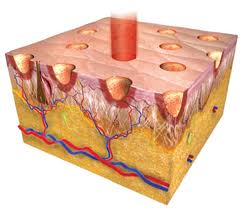Fractional Laser Resurfacing of the Neck
Top Articles
-
Clinical Outcomes in Rib Removal Surgery for Waistline Reduction
Rib removal surgery represents the elimination of the last anatomic...
-
The Surgical Technique of Clavicular Osteotomies in Shoulder Width Reduction
Shoulder width reduction is done by shortening the length of the...
-
Masculinizing the Male Forehead with Custom Brow Bone Implants
The shape and appearance of the forehead is highly influenced by...
-
Case Study: Lengthening of the Nose with a Rib Graft Rhinoplasty
Background: The evolution of rhinoplasty surgery over the past twenty years...
Top Articles
-
Clinical Outcomes in Rib Removal Surgery for Waistline Reduction
Rib removal surgery represents the elimination of the last anatomic...
-
The Surgical Technique of Clavicular Osteotomies in Shoulder Width Reduction
Shoulder width reduction is done by shortening the length of the...
-
Masculinizing the Male Forehead with Custom Brow Bone Implants
The shape and appearance of the forehead is highly influenced by...
-
Case Study: Lengthening of the Nose with a Rib Graft Rhinoplasty
Background: The evolution of rhinoplasty surgery over the past twenty years...



 Resurfacing of the facial skin for wrinkle reduction is well known to be effective. Such laser improvements have been particularly enhanced by the use of fractional ablative laser treatments. The deeper penetration of the vertical laser columns, albeit on just a fraction of the skin’s surface, causes collagen production and skin tightening not previously seen. But venturing off of the face onto the neck and chest, however, is more precarious with laser resurfacing or even deeper chemical peels.
Resurfacing of the facial skin for wrinkle reduction is well known to be effective. Such laser improvements have been particularly enhanced by the use of fractional ablative laser treatments. The deeper penetration of the vertical laser columns, albeit on just a fraction of the skin’s surface, causes collagen production and skin tightening not previously seen. But venturing off of the face onto the neck and chest, however, is more precarious with laser resurfacing or even deeper chemical peels.